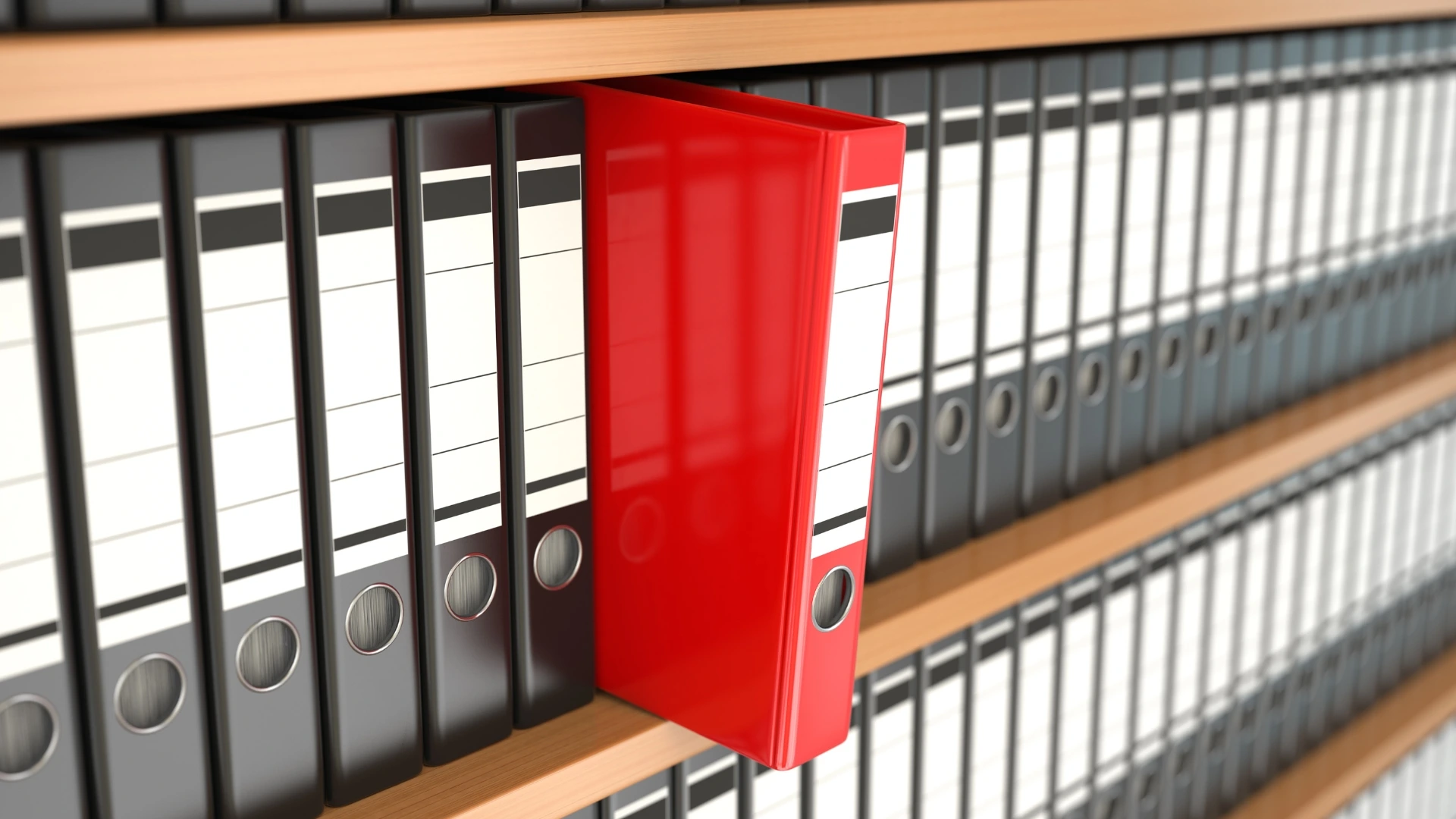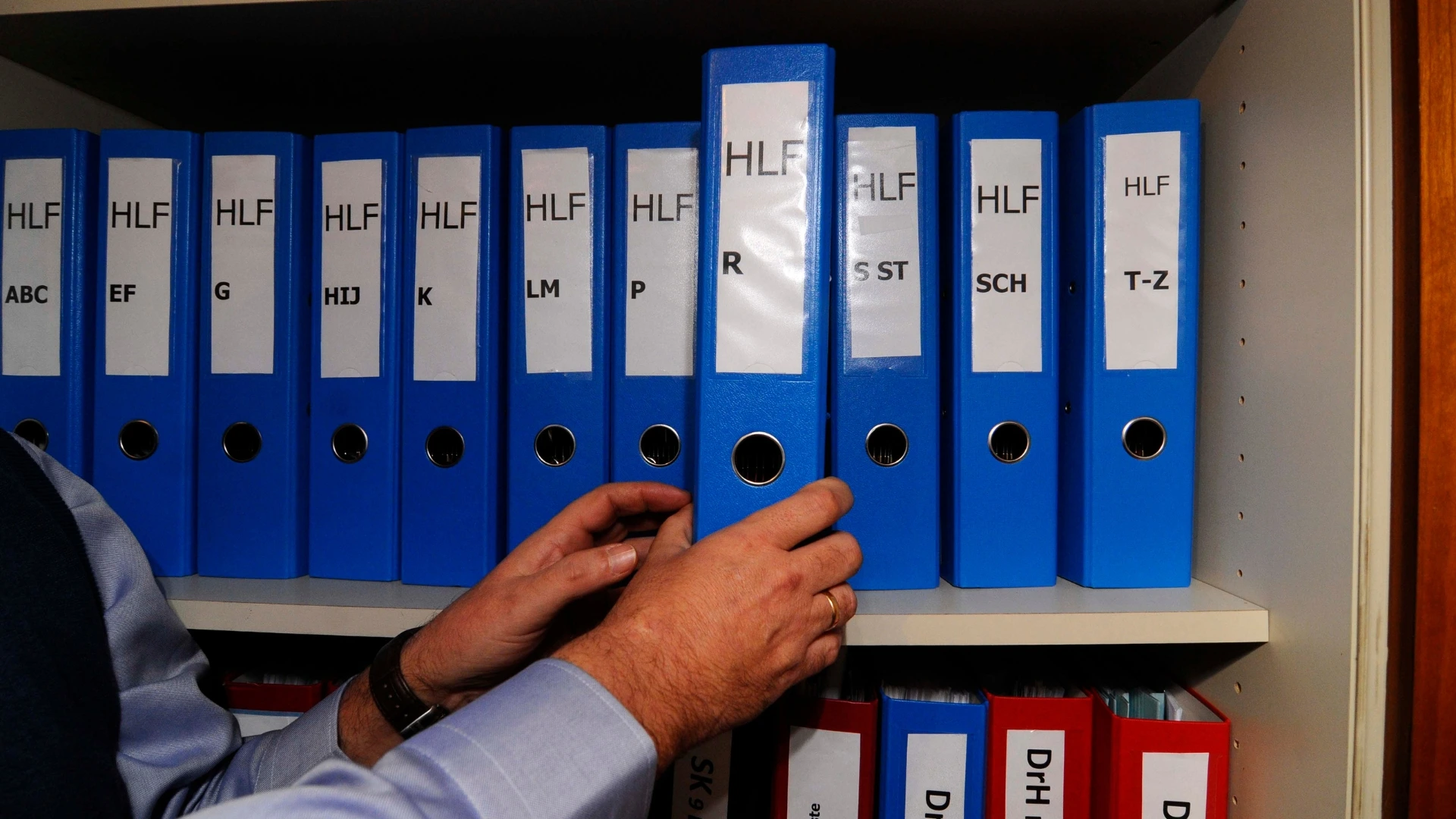Tips and Tricks for Efficient File Arrangement in Your New Office
Introduction
Relocating an office can be overwhelming, necessitating careful planning, expert handling, efficient packing, secure transportation, and timely setup to ensure success. After relocating to a new office with the help of packers and movers in Coimbatore , you should next focus on file arrangement in your office. An essential component of the business process is file management, often known as document management.
Effective file management entails the methodical arrangement of files and papers in a way that promotes productivity, enhances efficiency, guarantees the prompt delivery of high-quality services and goods, and boosts corporate output. A better arrangement of files helps you find what you need quickly and reduces the chance of losing or misplacing important information. Because you aren’t wasting time looking for files, it also saves your firm time and money. You need to enhance your file management approach if you or your staff consistently have problems finding crucial documents when you need them.
When properly applied, the following advice will make sure that all of your vital files are always accessible and that you never lose a crucial file again. By doing this, you can increase your company’s productivity and reduce operational expenses per person by thousands of dollars annually.
Separate Document Into Categories

Sort the actual papers you have into groups like reports, customer files, and bills for payment. Each category can further be broken down into tiers of subtypes. Before categorising the papers for a single customer into reports, correspondence, and other categories, you could, for instance, categorise client documents depending on each client. You may decide which documents to save and how to arrange them for easy access by using this tiered sorting technique. Make a miscellaneous stack in addition to a pile of documents you want to shred or discard if you come across any papers that don’t fall into a certain category. Make a pile of the papers you want to turn into digital files, which is another smart move. You can start the filing process by performing a quick inventory and categorization of your documents.
Use Alphabetical And Chronological Categories
To track actions and choices made within the company, certain papers have time stamps and dates. If needed, arrange each file chronologically after sorting them into categories and subtypes. Consider putting dated documents in order from newest to oldest so that the most recent ones are in front if you are sorting your documents by client, for instance. If you’d prefer to view the client’s whole historical record, you may also arrange the papers from oldest to newest. Depending on their relevance or how frequently you use them, undated papers can be arranged. Before you put your documents in your file system, take into account alphabetizing them. A client’s name or broad categories like bills or reports might be used to alphabetize your data.
You can also read our blog about “ Optimize Your Office Move With 10 Pro Tips ” for more details.
Organize Your Filing System
Storage options can be tailored using filing cabinets and drawers. Groups of papers should be kept in file folders according to type and subtype. When arranging folders in cabinets or drawers, you can continue to use chronological or alphabetical order. You can, for instance, sort by the name of a particular client or by the order in which you most recently added clients. Keep your desk clear so you can work more quickly by storing paperwork away from your workspace. If you frequently review or access documents, such as paperwork you fill out every day, consider investing in a file shelf to keep them organised on your desk. To keep classification up to date, you can give each shelf a certain kind or subtype. Additionally, you can use the shelf to speed up the filing of new documents as they come in. Sort new documents into a few broad categories before putting them on the proper shelf. When you eventually file things away, this approach might make it simpler.
Colour-code Your Filing System

It has been found that relocating a business to a new city increases the opportunities for company growth . After relocating to a new office, you can arrange the files in a colour code so that you can speed up the document search process by using visual cues like colored tabs. To organise your numerous document kinds and subtypes, employ folders in distinct colors. Label tabs in a variety of colours are present in some folders. You can make a colour-coded key using one of these methods to keep track of the colour that is associated with each type of document. For instance, to create a sense of urgency, you might colour-code papers with tabs using yellow for those you use frequently and red for those you need to file.
Label And Mark Up Whenever Necessary
You can quickly locate the desired folder by labelling your document categories. Some folders include paper to create your own labels. Using various coloured pens or ink that match your colour-coded key will help you improve your labelling system even more. In order to colour code the label, you can also use highlighters on black lettering. You can quickly print single-label stickers with label makers as well. This tool is especially useful if you wish to add new labels to existing ones or label a filing shelf or cabinet.

Dispose Unnecessary Files And Documents
You may cut back on the volume of documents you keep by setting up an organised file system. Eliminate clutter by recycling or shredding documents that are no longer necessary. It might be a good idea to keep a small recycle container or a basket specifically for documents you wish to shred next to your desk. Maintaining a tidy and organised workspace can be achieved by routinely removing extra files and documents. It aids in avoiding accumulations that could cause trips and fires.
Digitize The Files
It may be more practical in some circumstances to digitise paper documents and keep them as digital files on your computer. By doing this, you can make them simple to find, sharing, and clutter-free. Scan paper papers to create digital files that you may store on your computer in folders that are well-organised. Consider taking the same steps you did when creating a physical filing system, such as sorting by type and subtype, using chronological and alphabetical order to organise files, colour-coding by type and subtype using the file colour or flag feature on your operating system, and clearly labelling documents with type or subtype and document date, if applicable. You can perform a quick search on your computer for documents after digitising files. The demand for physical storage space is likewise diminished, as well as clutter. Your workflow may be streamlined, stress levels can be decreased, and productivity can be increased with an established system in place. Even if you currently have an organisation system in place, you should still plan to set up time on a regular basis for upkeep and maintenance because it is simple for files to accumulate during busy days.
Conclusion
It’s crucial to keep your files accessible and organised, whether you deal with paper papers, electronic files, or a combination of both. By doing this, you may cut down on time spent hunting for things and ensure that you always have the necessary information on hand. Any system must be practical and convenient for you in order to be effective. This partially depends on the type of work you do or the type of business you run. Therefore, even if there isn’t a “one size fits all” solution to file administration, you’ll probably benefit from utilising some of these file-management strategies and adapting them to your needs. Based on the unpacking strategies followed by office shifting services , this article will help you gain a glimpse of how to efficiently arrange your documents.


